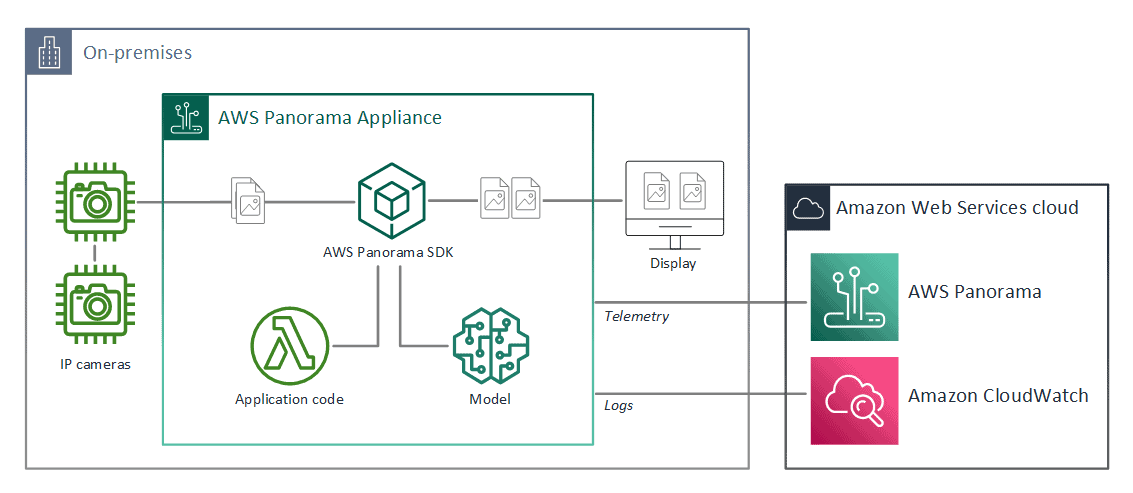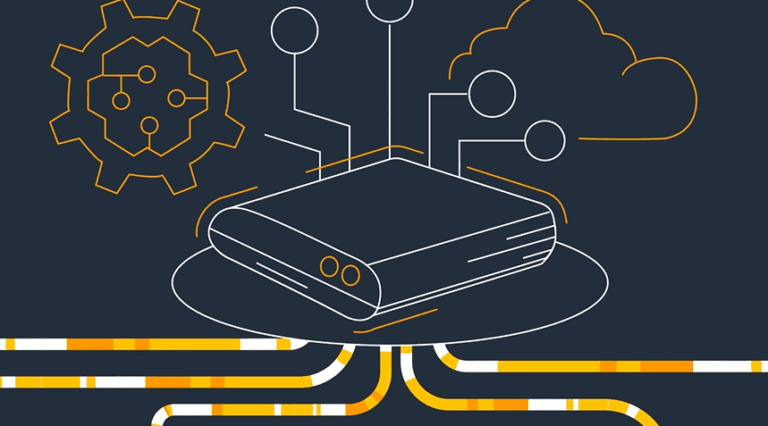AWS is making Panorama generally available. By doing so, the cloud giant delivers an on-premises appliance for computer vision applications.
Companies often depend on the public cloud to deliver AI functionality into their work environments. AWS Panorama makes on-premises AI deployment much more practical, allowing the technology to be applied directly where data is generated. Among other things, latency caused by migrating data from the edge to public cloud environments is resolved, cutting adherent bandwidth expenses.
At the source
The Panorama appliance is a node that runs various applications that would otherwise be sourced from a public cloud environment. Another benefit is the ability to monitor production lines more closely to swiftly detect possible process failures. Moreover, the AI software running on the appliance can detect potential security risks.

Supported AI software
AWS Panorama is physically deployed in a dust-free and robust casing containing SDKs and necessary software. While the node is connected to AWS’ public cloud environment, it fully functions as a standalone solution.
The appliance supports AI and ML models based on Apache MXNet, DarkNet, GluonCV, Keras, ONNX, PyTorch, TensorFlow and TensorFlow Lite. Users can further develop models with AWS SageMaker and import them from Amazon S3 buckets.
Tip: Microsoft’s computer vision AI beats humans at captioning images
